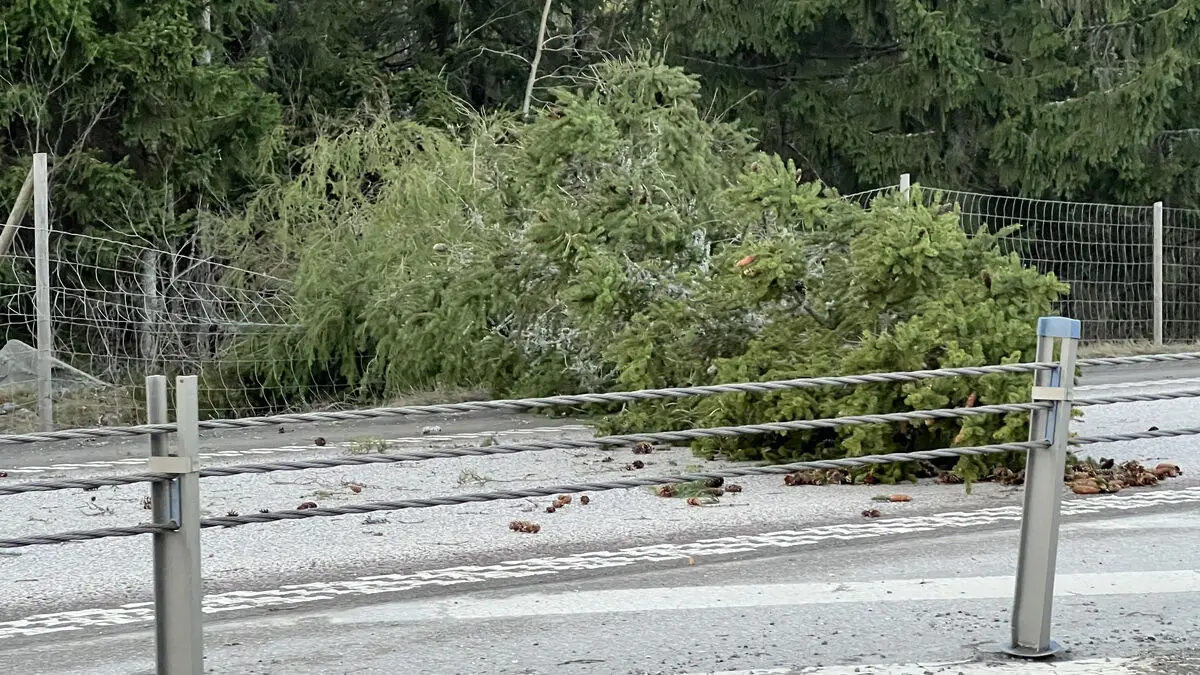The Coast Guard has increased surveillance of shipping traffic, the authority writes in a press release. The purpose is to protect critical underwater infrastructure after another suspected sabotage in the Baltic Sea.
"The Coast Guard takes a serious view of the recurring damage to underwater infrastructure in recent times. Due to the incident in the Gulf of Finland, the Coast Guard has now reinforced sea surveillance. This is being done, among other things, with vessels and aircraft," says Daniel Stenling, deputy operational chief at the Coast Guard, according to the press release.
Tightening Security
Svenska kraftnät is also tightening security around power cables between Sweden and Finland, which P4 Norrbotten was the first to report on.
When things happen related to underwater infrastructure, that's a reason for us to be extra vigilant and prepared, says Erik Nordman, security chief at Svenska kraftnät, to TT.
It's mainly about physical surveillance.
We're reviewing our surveillance at certain locations and having a deeper dialogue with other authorities, says Erik Nordman.
Nordman doesn't want to go into which locations are involved.
Since it's part of our security measures, I don't describe them in more detail. It's about locations that we think are important or where there's a threat that makes us need to be particularly vigilant at a location.
Following Closely
The Swedish Navy's press officer says they're following developments closely.
We've had an increased presence at sea for several years now due to Russia's war of aggression in Ukraine. We're cooperating with our allies and other Swedish authorities to get the best possible intelligence situation, says Jimmie Adamsson.
But of course, it's difficult since there are four thousand vessels in the Baltic Sea at any given moment, passing through a spider's web of cables. It's hard to pinpoint each individual vessel.
NATO Expands Presence
It was at lunchtime on Christmas Day that Finnish network operator Fingrid announced that it had lost contact with the Estlink 2 power cable between Finland and Estonia.
The damage is located in Finnish waters, and suspicions are directed at the tanker vessel Eagle S, which is linked to Russia's shadow fleet.
On Friday, NATO Secretary-General Mark Rutte announced that the defense alliance is expanding its military presence in the Baltic Sea.
Adamsson believes that Rutte is primarily referring to NATO's own command.
There are four marine forces, two that are normally in southern Europe and two that are in northern Europe. They are directly under NATO's command. Sweden will participate with a first vessel during the first quarter of next year. Otherwise, one can only urge or agree on a political level about how to achieve an increased presence, says Adamsson.





